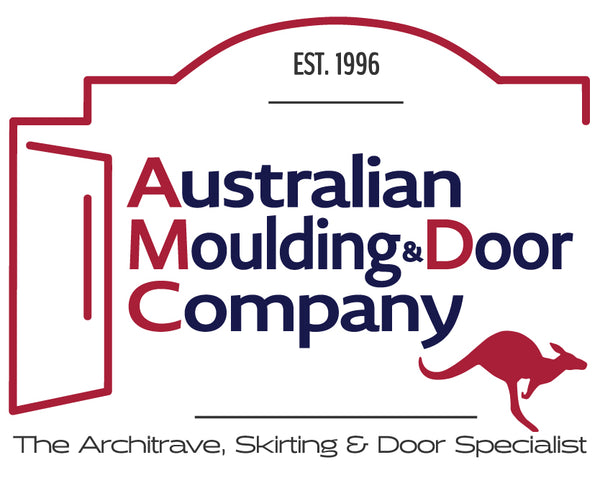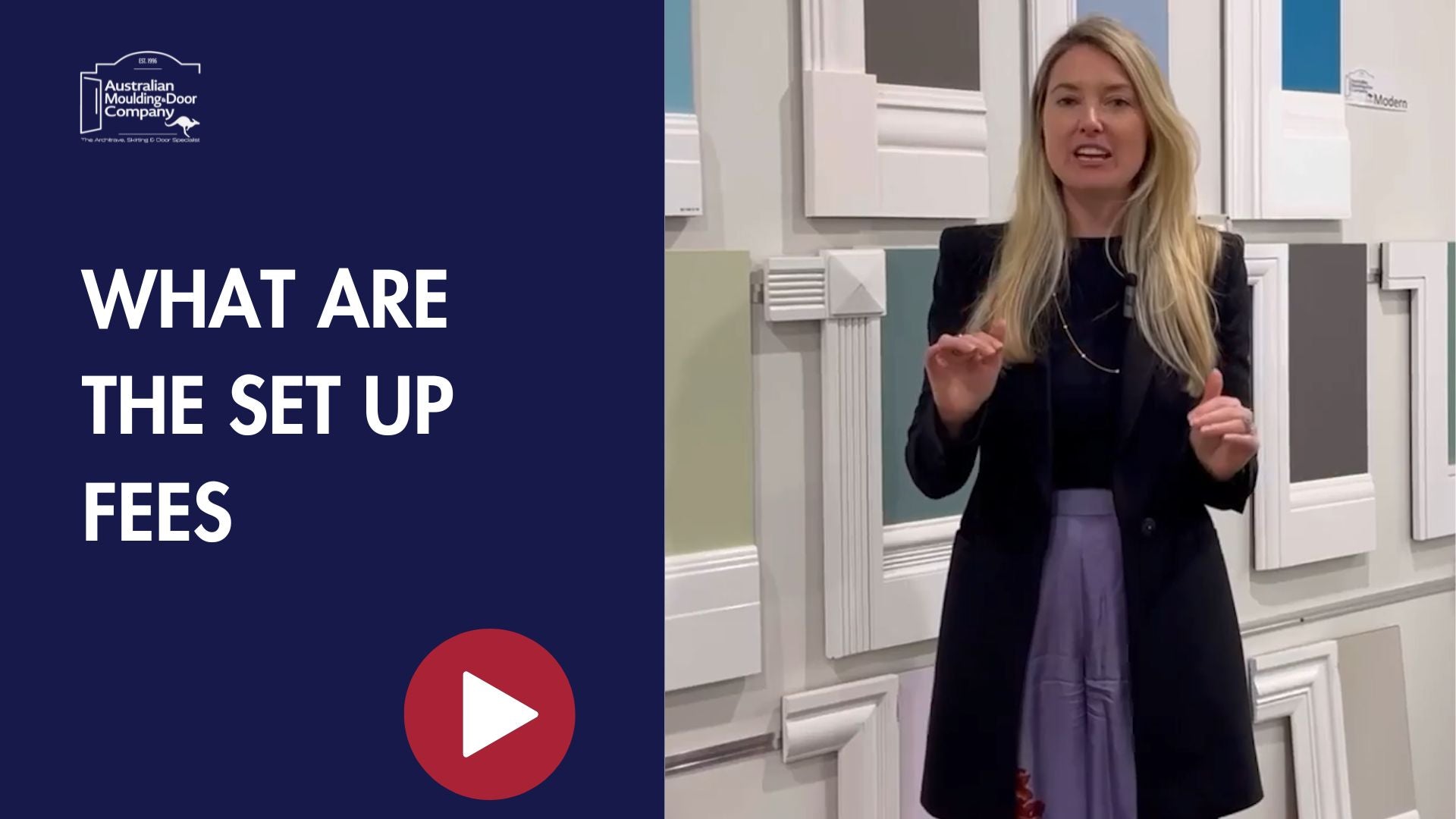What is Priming?
Priming means preparing your architraves and skirtings ready for its final coat of paint. The AMDC primer is a water based high fill primer (AkzoNobel product) which means you can use a water base or oil base top coat. This gives our clients multiple options when considering top coats.
Pre-primed architraves and skirtings from AMDC are pre-prepared with an undercoat ready for top coat – not raw.
The Ultimate Primed Finish ™ is up to 95 per cent ready for immediate topcoat application - this means potential for substantial savings. Your painter will spend less time preparing for topcoat because AMDC has done the sanding and priming meaning your project will finish faster, with less painting fees.
To help you understand how choosing a pre-primed product can save time and money, the below comparison graph is based on an average-sized home of 28 squares using 90 x 18 Architrave 60/5.4 & 180 x 18 Skirting 35/5.

What are Priming fees?
When it comes to timber and MRMDF (moisture resistant medium density fibreboard) mouldings, ‘priming’ is about preparing the surface before you apply your final chosen paint colour.
If you choose mouldings that have been pre-primed, some of the hard work’s been done for you. Pre-primed products don’t need an undercoat, you’ll save time and money – and enjoy easy installation, with a product that’s ready for its final coat of paint by your onsite painter.
If you want your product primed, which will save your painter hours, less than $1000 excluding GST per profile/size will incur a priming set-up fee of $120 + GST.
The Priming process
It always takes two people to set up the priming equipment. Minimum size is 32mm and maximum size is 300mm wide.
It then goes through four stages:
- Pre-sand
- Prime
- Dryer
- Post-sand
This process is then repeated so you will have two coats of primer. The machine runs at a certain speed, depending on the size of the material.




